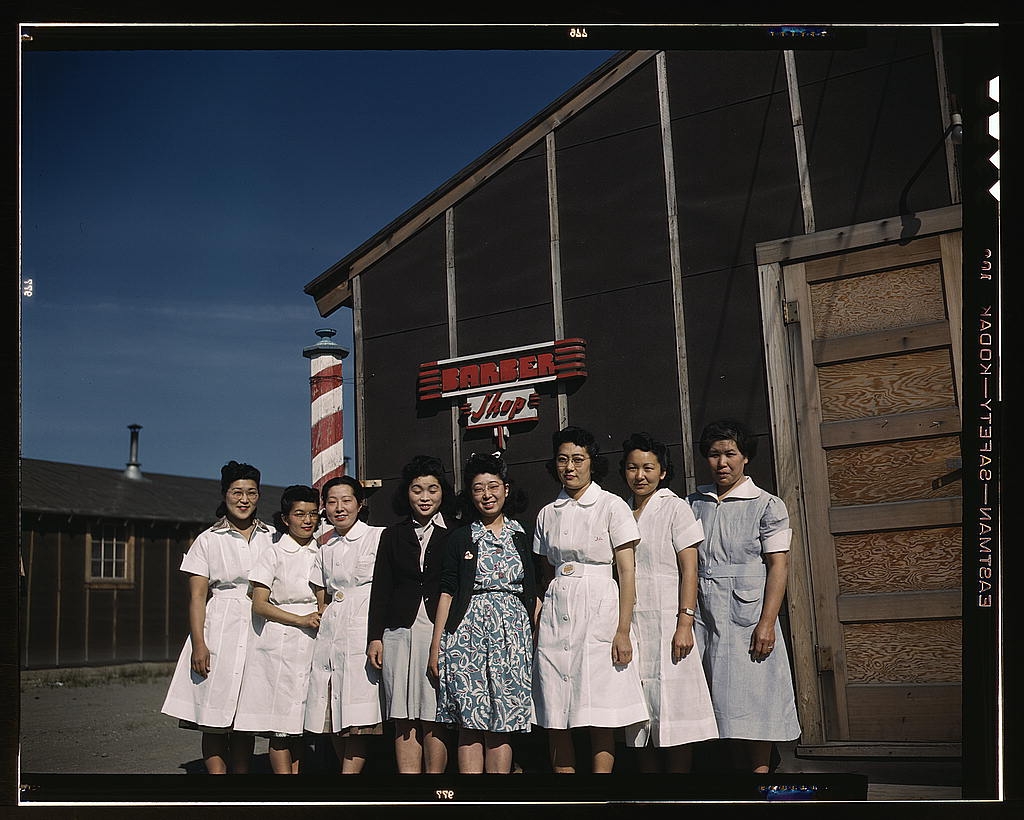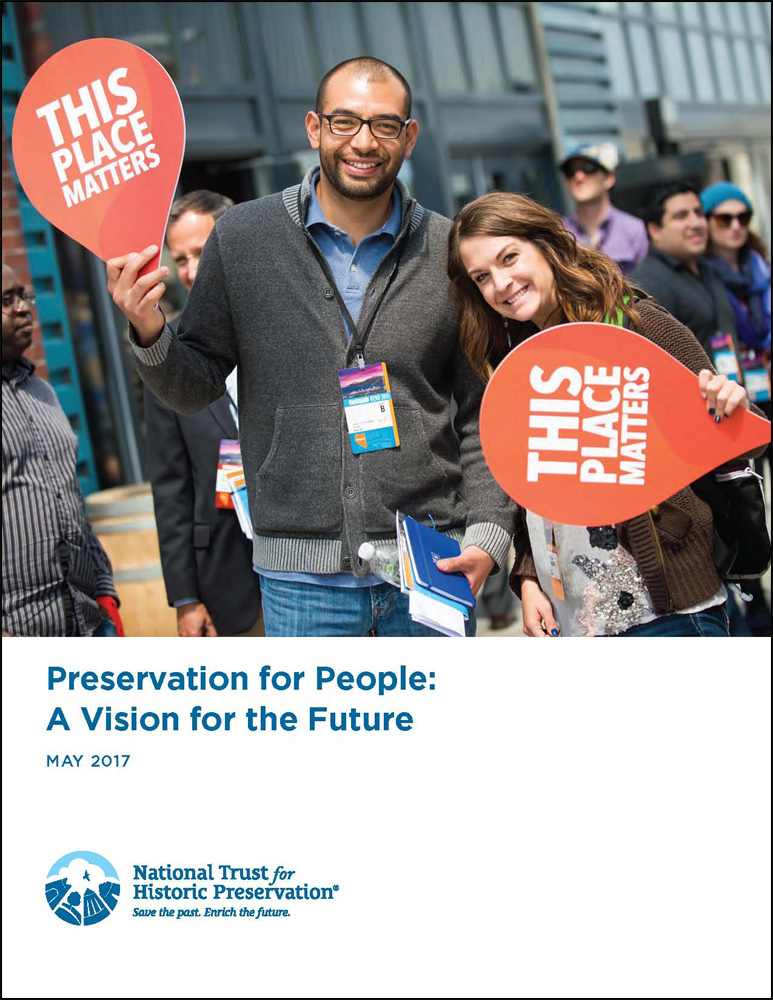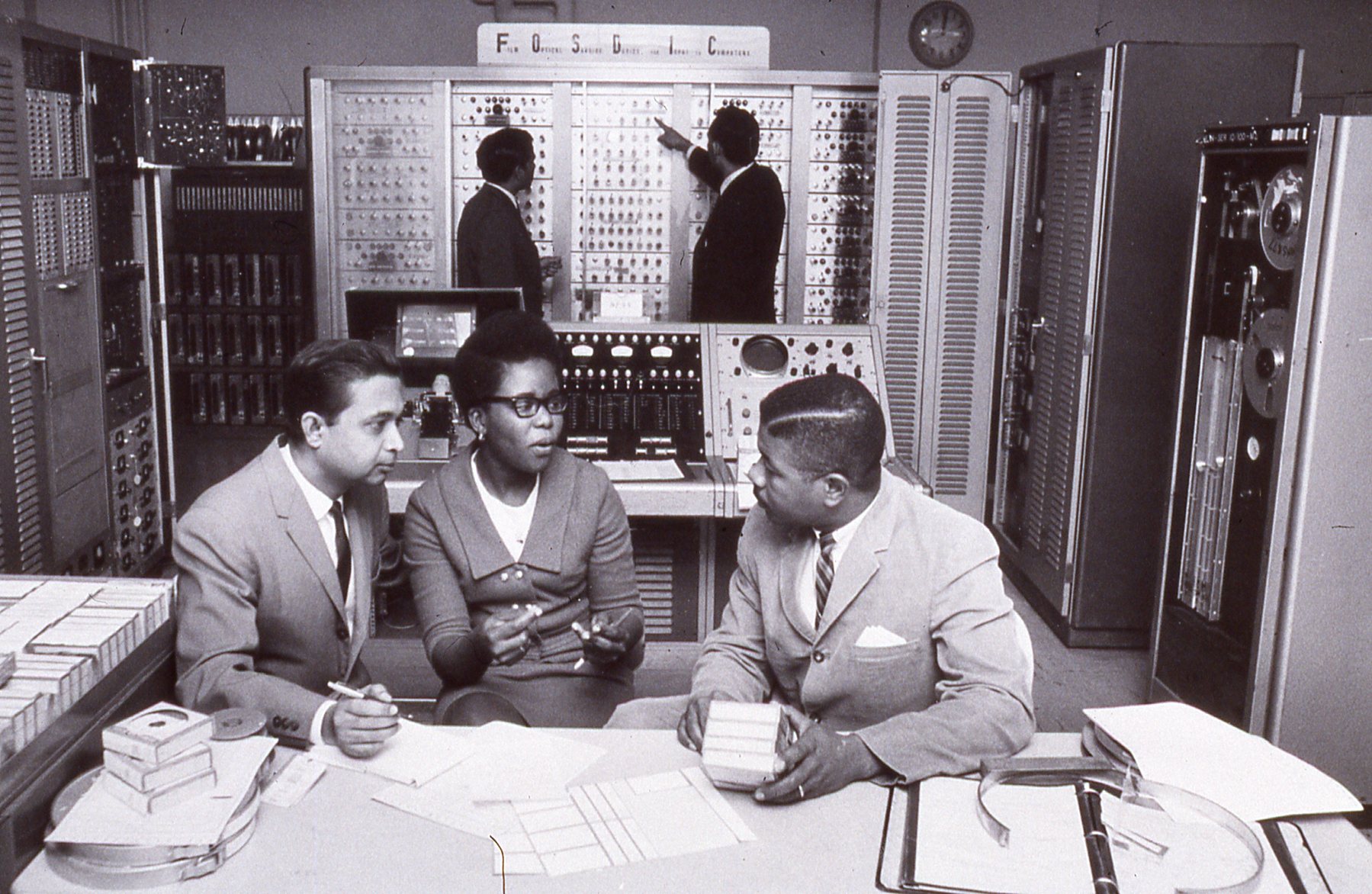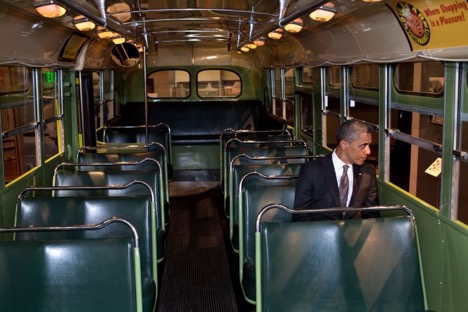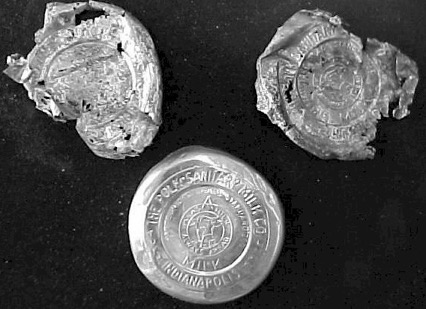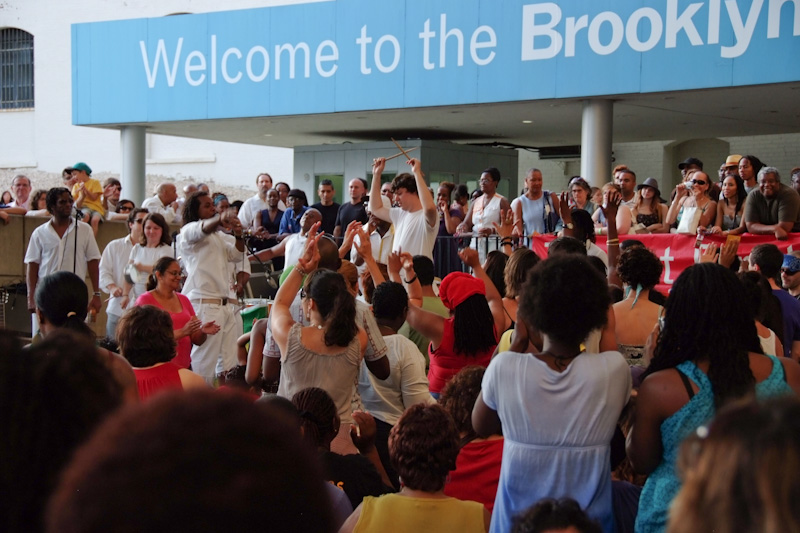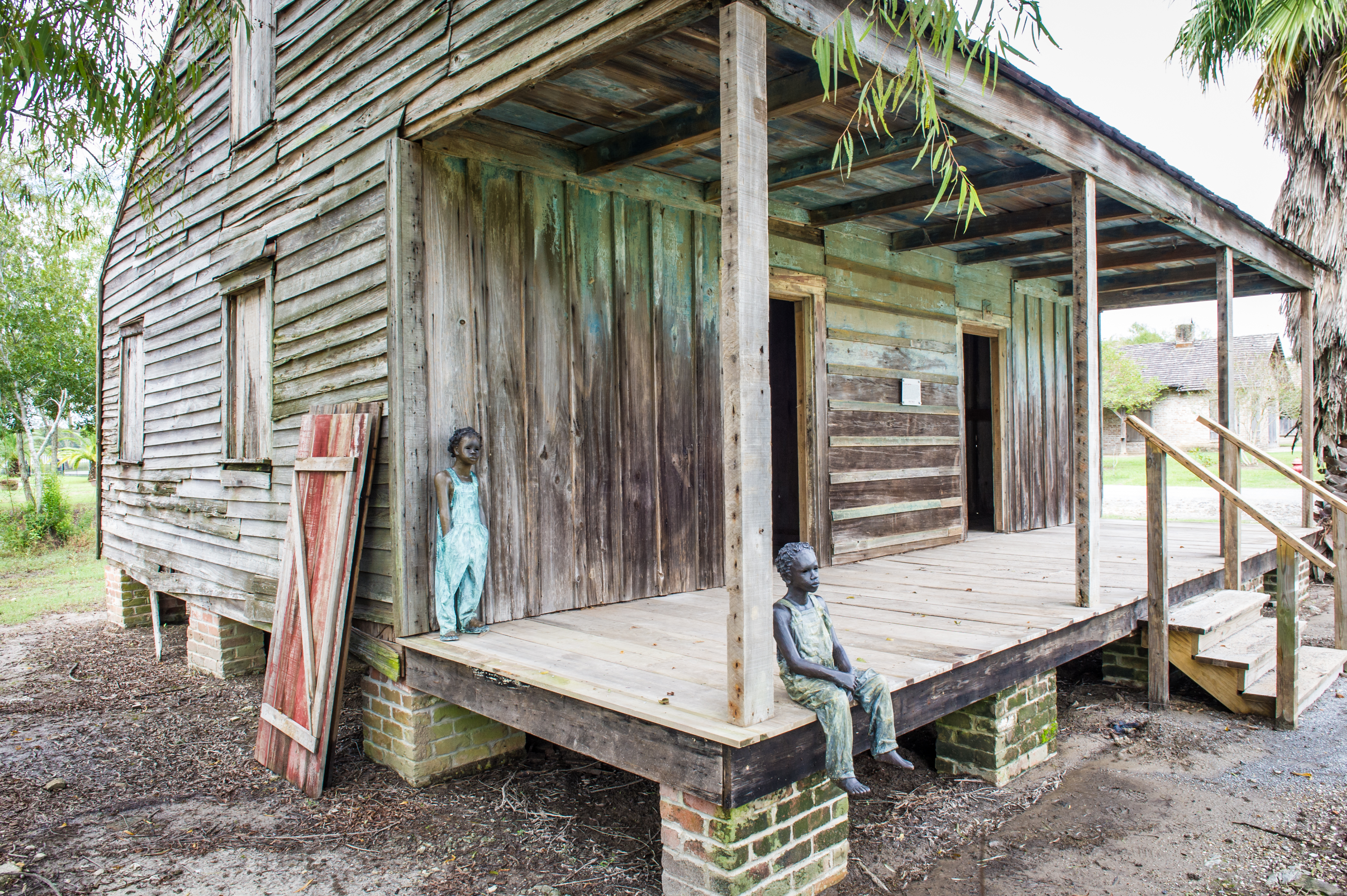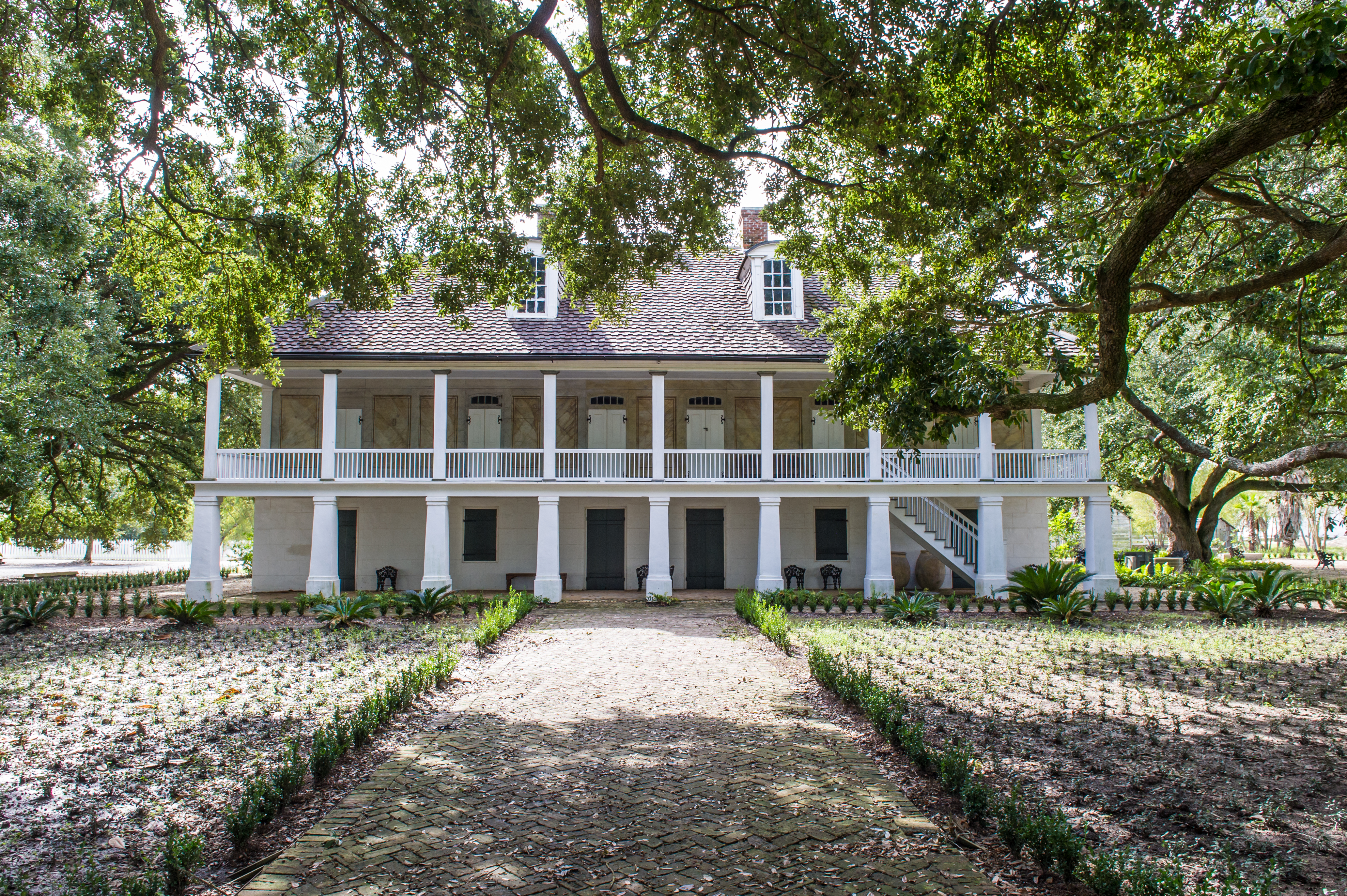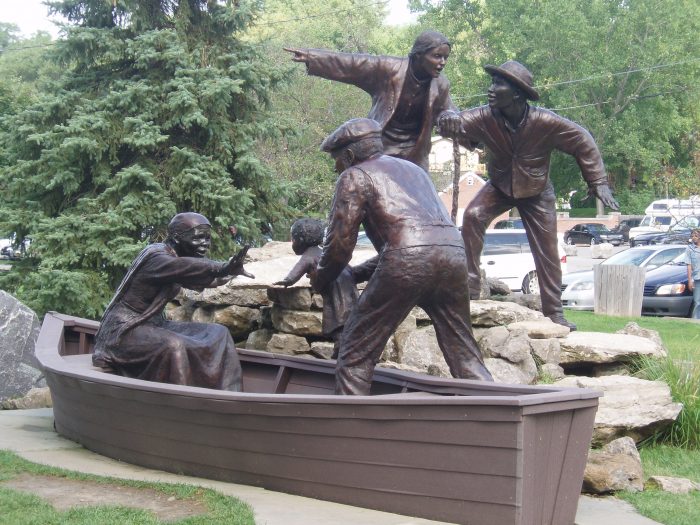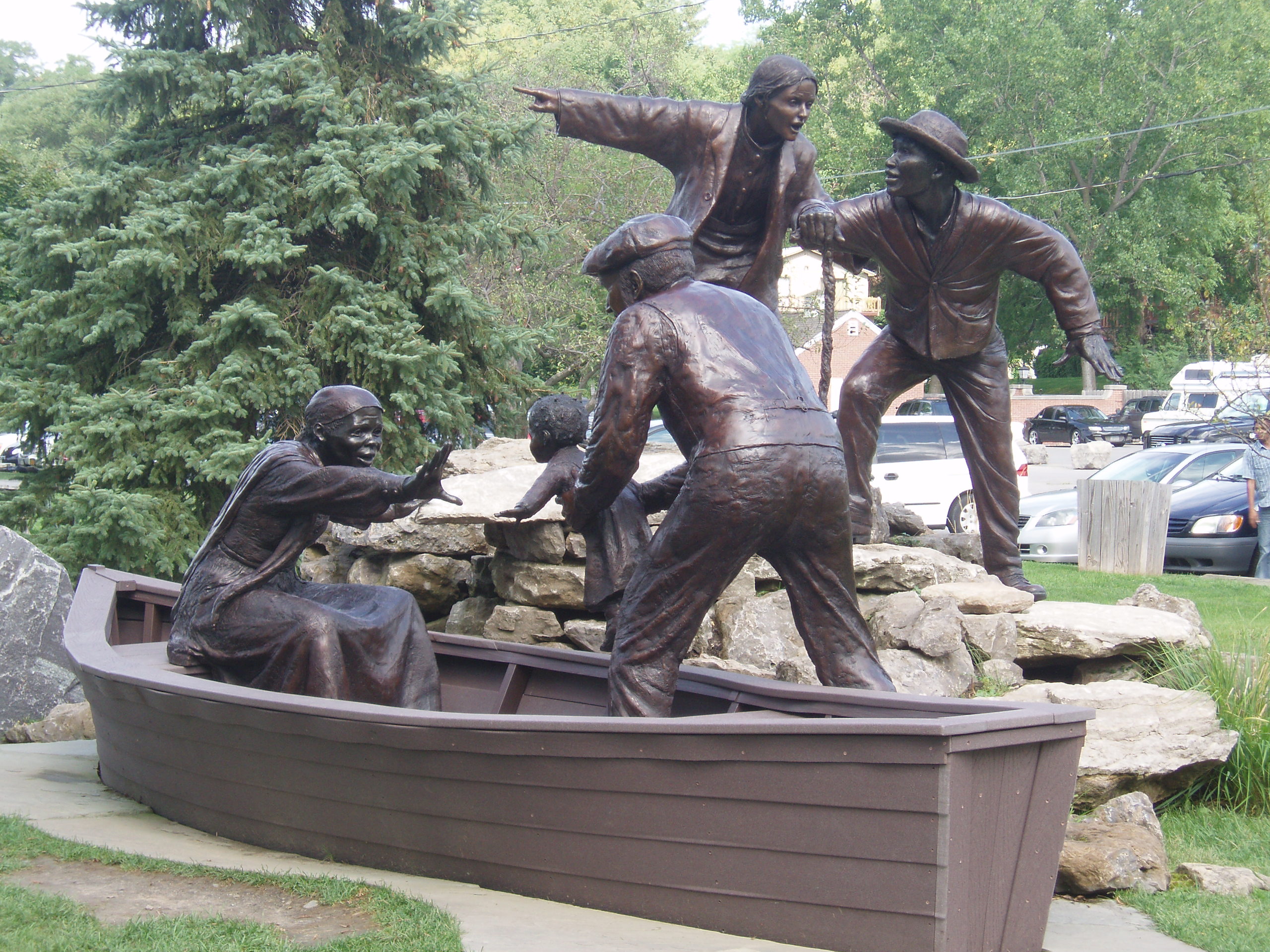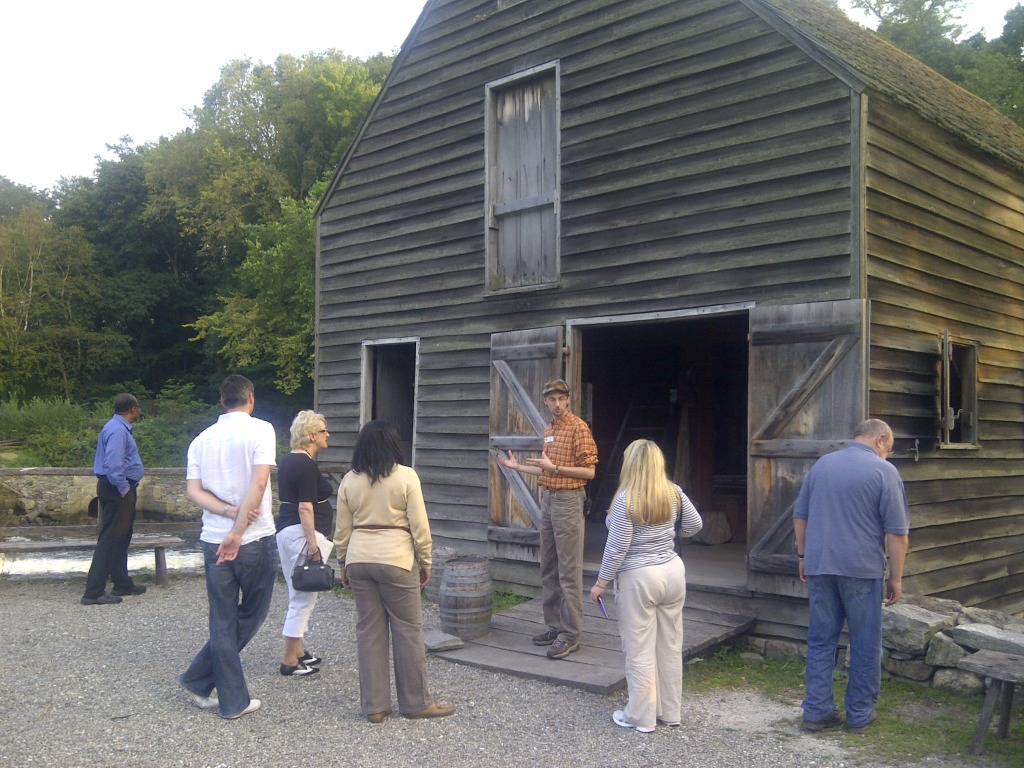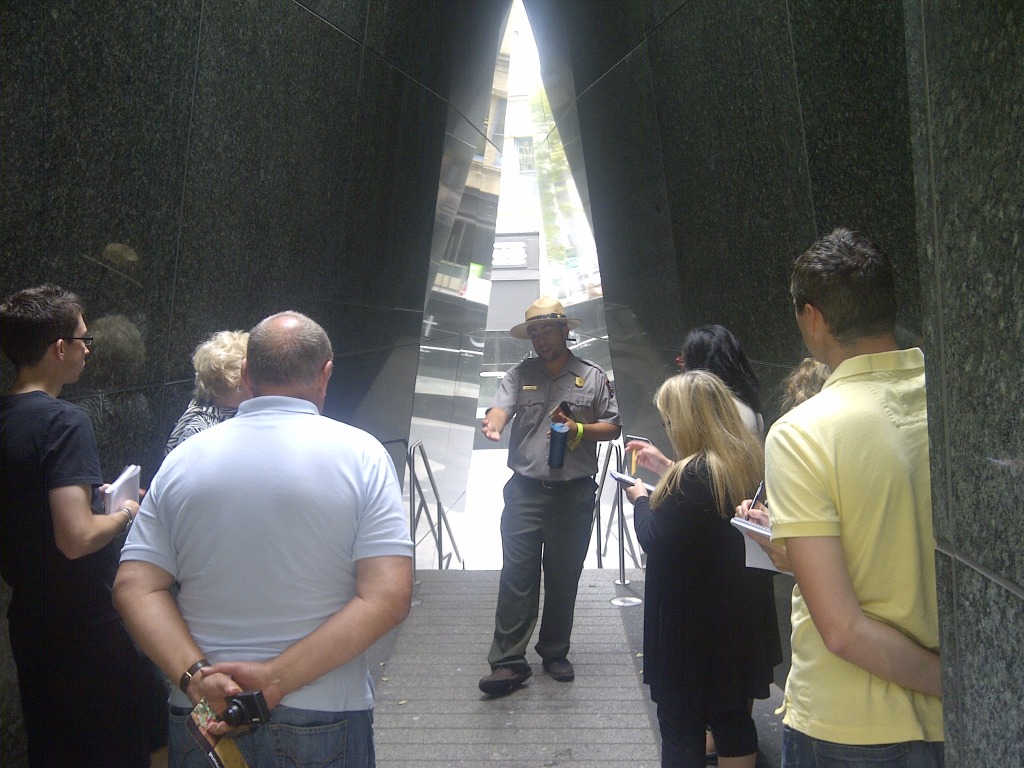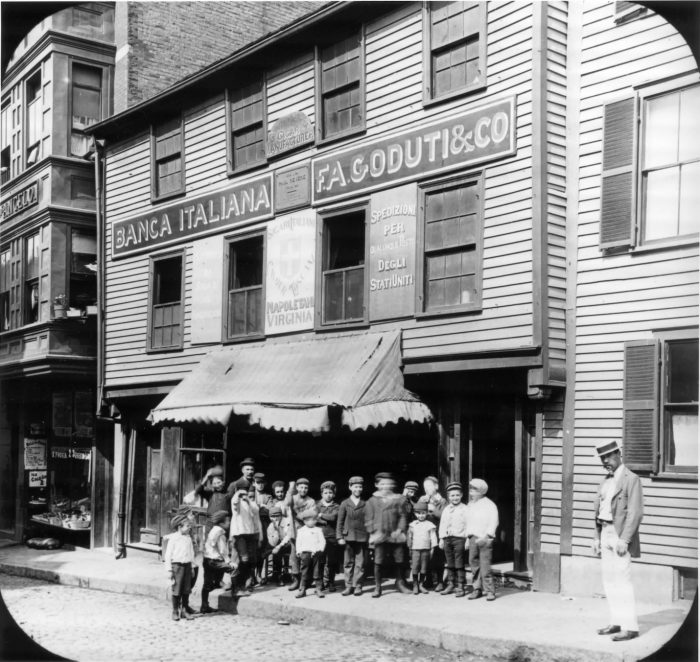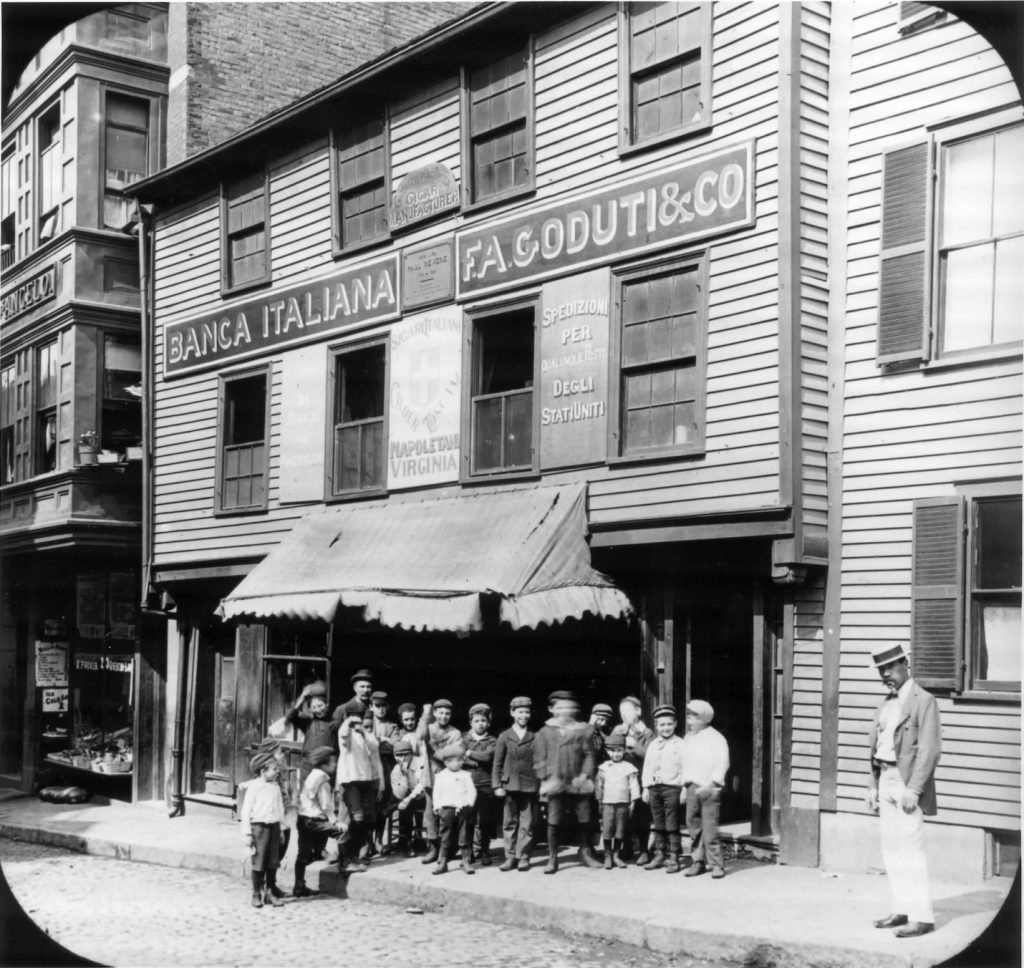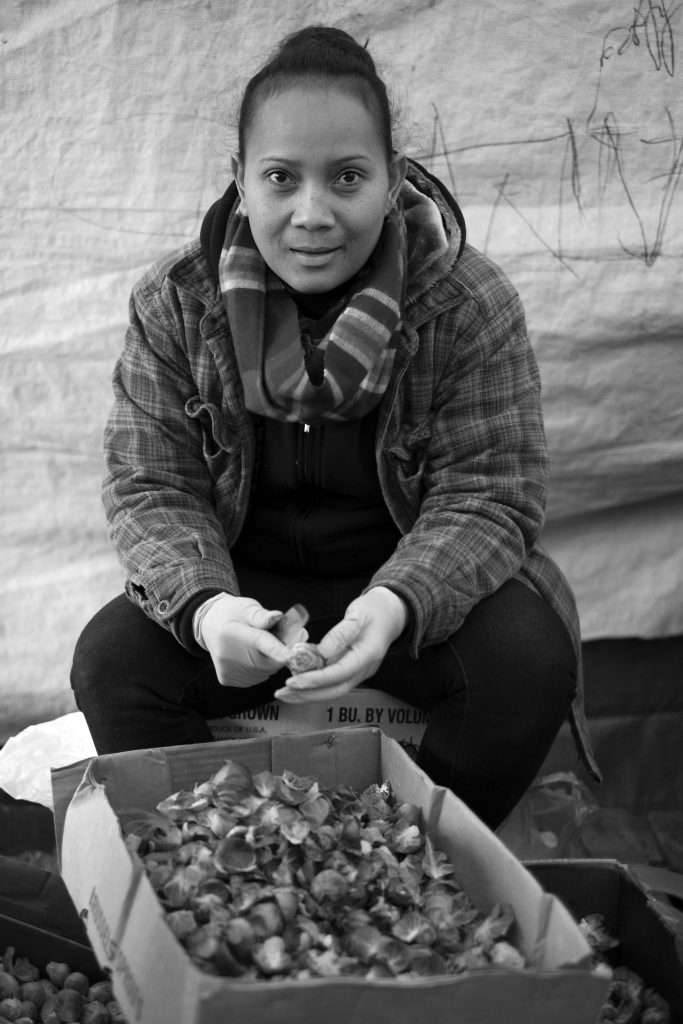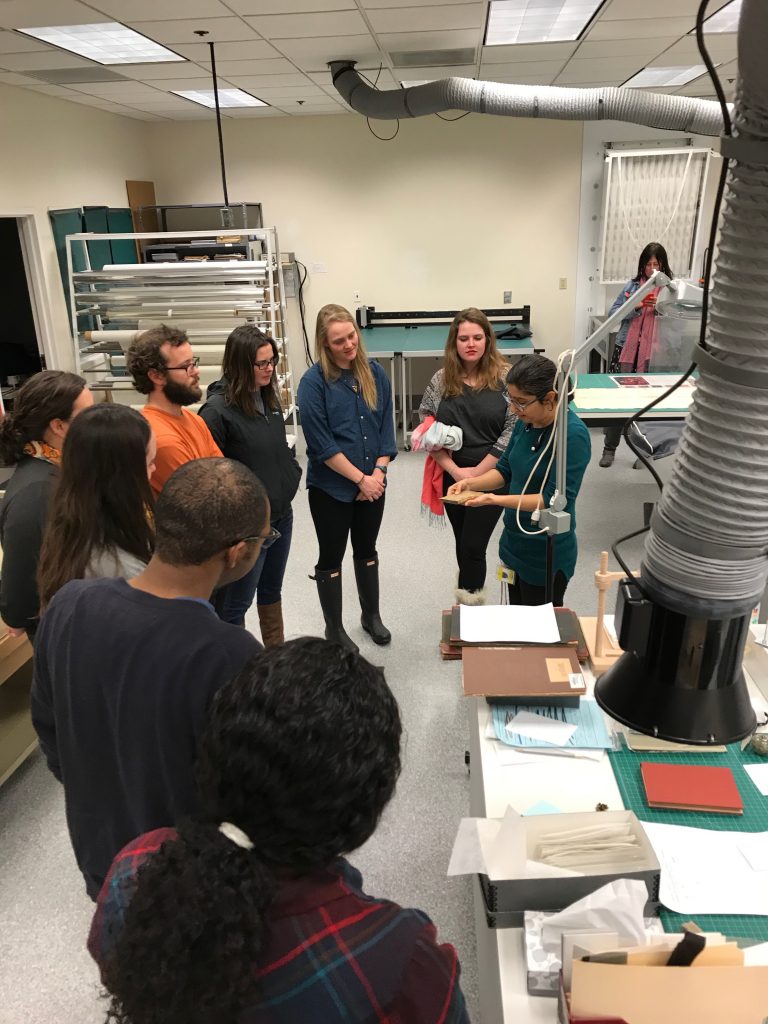
Historians hold the awesome power to shape historical narratives. With this power comes an equally awesome responsibility to create narratives that represent all groups within our society. Growing discourse in public history scholarship reflects an increasing acknowledgment of the limited scope of representation within the historical narrative. The conversation about diversity and inclusion within the history field has increased exponentially in the last decade. More and more, public historians link the terms together as a single concept. It is important to separate these terms and draw distinctions between them as they refer to different concepts. This essay focuses on drawing distinctions between the terms and further exploring inclusion, both in terms of social inclusion and workplace inclusion. Although we often associate the terms diversity and inclusion with equity and accessibility, this essay will focus on diversity and inclusion.
Defining Diversity
Many definitions of the word diversity exist. Providing a clear definition of diversity remains difficult. Universal to all definitions is the concept of differences. Diversity implies that we possess different characteristics and identities. One look at the diversity wheel and you quickly see diversity defined in multiple ways.[i] When we include diversity in our work, where do we start? How do we define the target beneficiaries of our diversity work? In Minnesota, where I live, there are over thirty racial or ethnic groups represented in the population of the state.[ii] As we embed diversity within our programming and staffing structures, must we make sure we have all racial and ethnic groups represented? Further, what about age, sexual orientation, gender, and physical ability? Diversity becomes a numbers game. How many of this group? Did we include some from that group? This approach becomes a cycle of “chasing diversity” or checking the boxes to make sure we represent certain groups in our work. This approach is a numbers game that holds no real value for those who belong to the groups we identify as “different.”
Diversity and inclusion consultant Michael L. Wheeler writes, “diversity is a force of change that will force change.”[iii] This change, brought on by increasing calls for diversity, manifests in all facets of our work. Diversity is important from the standpoint that we must recognize that diversity necessitates a different way of working.
Defining Inclusion
Rather than prioritizing numbers, inclusion emphasizes whether members of diverse groups feel valued and respected within an organization, project, or social system. Diversity and inclusion consultant Mary Frances Winters expands on this definition. She writes, “I define inclusion as creating an environment that acknowledges, welcomes, and accepts different approaches, styles, perspectives, and experiences, so as to allow all to reach their potential and result in enhanced organizational success.”[iv] When the conversation switches from diversity to inclusion, we worry less about checking boxes for the different dimensions of diversity and worry more about how people, across all differences, are feeling as a result of our work.
The Distinction between Diversity and Inclusion
While we often use the words diversity and inclusion interchangeably, a distinction does exist. Winters points out, “Diversity is about counting heads; inclusion is about making heads count. Another way to distinguish between diversity and inclusion is to define diversity as a noun describing the state and inclusion as a verb or action noun, in that to include requires action.”[v] Increased diversity allows for multiple perspectives to be present in a system, whether an organization, a project team, or other groups of people. While diversity exists within these groups, the group does not inherently maximize the benefits of that diversity. Historical systems of power, privilege, and oppression often dictate the operating rules and hierarchies within group settings. Inclusion is an intentional strategy to mitigate power and privilege and maximize the benefits of diversity. Inclusion refers to how we leverage diversity within a system to create a fair, equitable, and healthy environment which leads to higher performing groups.
Inclusion as a Practice, Experience, and Philosophy
Inclusion is simultaneously a practice, an experience, and a philosophy. As historians, we have accepted practices. We have research practices, writing practices, exhibit practices, and so on. We must begin to internalize the fact that inclusion is also a practice. Much like we needed to learn the technical skills of research, writing, and exhibit practices, we must also learn the technical skills of inclusive practices. Adding tools like empathy, cross-cultural communication, cultural humility, cultural intelligence, and intercultural conflict management to our toolboxes enhances our abilities to engage diverse groups and work cross-culturally. For those already in the field, you need to find ways to build these skills. It is imperative that practitioners create space to develop cultural self-awareness, “the conscious ability to critically view and understand the objective and subjective culture to which an individual belongs.”[vi] As much as technical skills such as research, writing, and exhibition development are important for public historians, skills that increase intercultural competence push practitioners to see their work through multiple perspectives and ultimately practice more inclusively.
Inclusion, as an experience, relates to how individuals feel valued, heard, and engaged within a group. The ability for an individual to participate in public history work as their whole and authentic self is critical for feeling included. Free from the pressure to assimilate or conceal parts of their identity, an individual fully engages and brings a diverse range of perspectives to bear on the work at hand. Professor and diversity and inclusion consultant Bernardo Ferdman writes, “We believe that the ways in which we as individuals combine, manage, and express our multiple identities – in short, how we show up and express our full selves at work – is a key part of the dynamic process of inclusion.”[vii] For the individual, inclusion allows for psychological safety and the ability to participate and contribute to work based on experiences, philosophies, and worldviews that are not always present in the work we do as public historians.
Inclusion as a philosophy takes a systemic approach to inclusivity. It is imperative we recognize dominant norms embedded in our work habits and shift to more inclusive mental models. Frameworks such as Critical Theory (Critical Race Theory, Feminist Theory, Queer Theory, Postcolonialism, and Critical Management Studies) help us recognize structures of prejudice, bias, discrimination, and oppression embedded within our default ways of working. A deeper understanding of how, over time, we internalized dominant norms into our practices allows us to begin to dismantle these prevailing ideologies. Shifting to an inclusive philosophy positions inclusion as a core value for the work we, as historians, undertake. Inclusion permeates all our activities, becoming core to our approach, conceptualization, execution, and evaluation of public history work.
These concepts are mutually reinforcing. As we adopt inclusive philosophies and approaches to our work, the need to develop inclusive practices becomes ingrained. As we develop inclusive practices, a more diverse group of participants experience feeling included within the work of historians. Whether we focus these efforts outside our organizations and institutions or we look to reinvent our organizations and institutions from the inside out, inclusion is the common thread that continues to create increased levels of relevancy for the work of public historians.
Social Inclusion vs. Workplace Inclusion
To further define inclusion, it is important to understand the distinction between social inclusion and workplace inclusion. Each are equally important and incorporate similar concepts, but each targets a different audience. Social inclusion focuses on the benefits our work brings to the larger society. Asking ourselves how our work benefits society and dismantles systems of power and privilege lies at the heart of social inclusion. The American Alliance of Museums’ recent working group on Diversity, Equity, Access and Inclusion (DEAI) reaffirmed the relevance of DEAI. They wrote, “We believe that those who have historically been relegated to the margins of society due to legacies of racism, ableism, sexism, heterosexisms, xenophobia, and all other forms of injustice must be fully included in museum workplaces and communities.”[viii] To take this a step further, we must research and present the histories of those relegated to the margins of society to pull those groups back from the margins.
We must recognize the work we do is often to collect, preserve, research, and create narratives related to the cultures of other groups. It is mandatory we include these groups in the process and center the needs and desires of these groups. In 2014, a group of museum bloggers and other interested colleagues wrote a joint statement on the events in Ferguson, Missouri and other related events. As part of that statement, they wrote, “As mediators of culture, all museums should commit to identifying how they connect to relevant contemporary issues irrespective of collection, focus, or mission.”[ix] We only evolve to be inclusive, socially conscious public historians through building relationships, asking questions, listening to the answers, and shifting our work to incorporate the needs and desires of the communities we profess to serve.
Similar to social inclusion, workplace inclusion also mitigates systems of power and oppression, but focuses on those practitioners within our field. Are the systems and structures that exist within our organizations, institutions, training programs, and professional networks inclusive? Organization Development experts Lisa Nishii and Robert Rich write, “Unlike many diversity practices that focus specifically on improving the outcomes of disadvantaged groups, [workplace] inclusion is a general organizing principle that permeates an organization’s practices, norms, and operational functioning and that affects employees across the board.”[x] This approach embeds inclusion within an organization, institution, training program, or professional network at a systemic level. Workplace inclusion focuses on creating fair, equitable workplaces that embrace and leverage diversity and better serve diverse communities. Individuals that feel included produce at a higher rate, are more likely to stay with the organization, and demonstrate higher levels of creativity and problem solving. The desire to increase diversity within the ranks of public historians is a noble one, but without an emphasis on workplace inclusion, retention of practitioners that identify with a primary dimension of diversity remains difficult.
Social inclusion and workplace inclusion are not mutually exclusive. This is not a “one or the other” proposition. Institutions must internalize both types of inclusion to realize the potential social impact of our work. Social inclusion helps us understand who is or is not at the table. Building relationships with those not at the table can help us better understand how our work has been a tool of oppression in the past and how we can change that moving forward. Workplace inclusion focuses on systems within organizations to create fair and equitable work environments where all individuals feel their diverse identities are valued and appreciated. As we work simultaneously to create inclusive work environments and address systems of oppression within our society, we realize the vision of inclusive public history.
Conclusion
As we continue to search for justification for history work, it is important we serve a broader segment of the public than in recent years. It is important to demonstrate the power of history as a catalyst for understanding, for making connections between historical events and current-day contexts, and for deepening the understanding of the experience of various groups over the course of history in our society. Making sure the cultures represented within the historical narrative and the voices shaping it are more diverse is critical to the future relevance of our field. The end goal may be diversity, but to achieve that goal, we must become more inclusive in our practice. As practitioners, we need to focus on employing more inclusive practices and using our work to address societal inequities. We also need to make sure we are addressing those same inequities that exist within our organizations and institutions. This is a journey. Change is hard. We need to stay the course.
Notes
[i] Multiple versions of the “diversity wheel” exist. I reference the “Four Layers of Diversity” model created by Gardenswartz and Rowe (https://www.gardenswartzrowe.com/why-g-r). A different version can be found through the Association of Science-Technology Centers (https://community.astc.org/ccli/resources-for-action/group-activities/diversity-wheel). It is adapted from Marilyn Loden and Judy Rosener, “Workforce America! Managing Employee Diversity as a Vital Resource” (McGraw-Hill Professional Publishing, 1990).
[ii] Susan Brower and Andi Egbert, Overview of Racial, Ethnic and Cultural Changes in Minnesota, 2015, https://mn.gov/bms-stat/assets/ae-sb-dnr-race-ethnicity-diversity-trends-august2015.pdf.
[iii] Michael L. Wheeler, “Inclusion as a Transformational Diversity and Business Strategy,” in Diversity at Work: The Practice of Inclusion, ed. Bernardo M. Ferdman and Barbara R. Deane (San Francisco: Jossey-Bass, 2014), 549-563, quotation on 556.
[iv] Mary-Frances Winters, “From Diversity to Inclusion: An Inclusion Equation,” in Diversity at Work: The Practice of Inclusion, 205-228, quotation on 206.
[v] Winters, 206.
[vi] Elizabeth Stallman Madden, “Cultural Self-Awareness,” in The SAGE Encyclopedia of Intercultural Competence, ed. Janet M. Bennett (Los Angeles: Sage Publication, 2015), 177-178.
[vii] Bernardo M. Ferdman and Laura Morgan Roberts, “Creating Incusion for Oneself: Knowing, Accepting, and Expressing One’s Whole Self at Work,” in Diversity at Work: The Practice of Inclusion, 93-127, quotation on 95.
[viii] American Alliance of Museums, Facing Change: Insights from AAM’s DEAI Working Group (Washington DC: American Alliance of Museums, 2018), 2, https://www.aam-us.org/programs/diversity-equity-accessibility-and-inclusion/facing-change/.
[ix] “Joint Statement from Museum Bloggers and Colleagues on Ferguson and Related Events,” Incluseum, December 22, 2014, https://incluseum.com/2014/12/22/joint-statement-from-museum-bloggers-colleagues-on-ferguson-related-events/.
[x] Lisa H. Nishii and Robert E. Rich, “Creating Inclusive Climates in Diverse Organizations,” Diversity At Work: The Practice of Inclusion, 330-363.
Suggested Readings
American Alliance of Museums. Facing Change: Insights from AAM’s DEAI Working Group. Washington DC: American Alliance of Museums, 2018. https://www.aam-us.org/programs/diversity-equity-accessibility-and-inclusion/facing-change/.
Brower, Susan, and Andi Egbert. Overview of Racial, Ethinic and Cultural Changes in Minnesota. Accessed July 9, 2018. https://mn.gov/bms-stat/assets/ae-sb-dnr-race-ethnicity-diversity-trends-august2015.pdf.
Ferdman, Bernardo M., and Laura Morgan Roberts. “Creating Incusion for Oneself: Knowing, Accepting, and Expressing One’s Whole Self at Work.” In Diversity at Work: The Practice of Inclusion, by Bernardo M. Ferdman and Barbara R. Deane, 93-127. San Francisco: Jossey-Bass, 2014.
Hayles, V. Robert. “Communicating About Diversity and Inclusion.” In Diversity at Work: The Practice of Inclusion, by Bernardo M. Ferdman and Barbara R. Deane, 55-90. San Francisco: Jossey-Bass, 2014.
“Joint Statement from Museum Bloggers and Colleagues on Ferguson and Related Events.” December 22, 2014. https://incluseum.com/2014/12/22/joint-statement-from-museum-bloggers-colleagues-on-ferguson-related-events/.
Nishii, Lisa H., and Robert E. Rich. “Creating Inclusive Climates in Diverse Organizations.” In Diversity At Work: The Practice of Inclusion, edited by Bernardo M. Ferdman and Barbara R. Deane, 330-363. San Francisco: Jossey-Bass, 2014.
Stallman Madden, Elizabeth. “Cultural Self-Awareness.” In The SAGE Encyclopedia of Intercultural Competence, edited by Janet M. Bennett, 177-178. Los Angeles: Sage Publication, 2015.
Wheeler, Michael L. “Inclusion as a Transformational Diveristy and Business Strategy.” In Diversity at Work: The Practice of Inclusion, edited by Bernardo M. Ferdman and Barbara R. Deane, 549-563. San Francisco: Jossey-Bass, 2014.
Winters, Mary-Frances. “From Diversity to Inclusion: An Inclusion Equation.” In Diversity at Work: The Practice of Inclusion, edited by Bernardo M. Ferdman and Barbara R. Deane, 205-228. San Francisco: Jossey-Bass, 2014.
Author
~ Chris Taylor is Chief Inclusion Officer for the State of Minnesota. He was formerly Director for Inclusion and Community Engagement and Chief Inclusion Officer at the Minnesota Historical Society.

